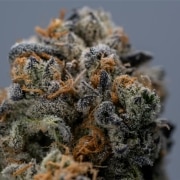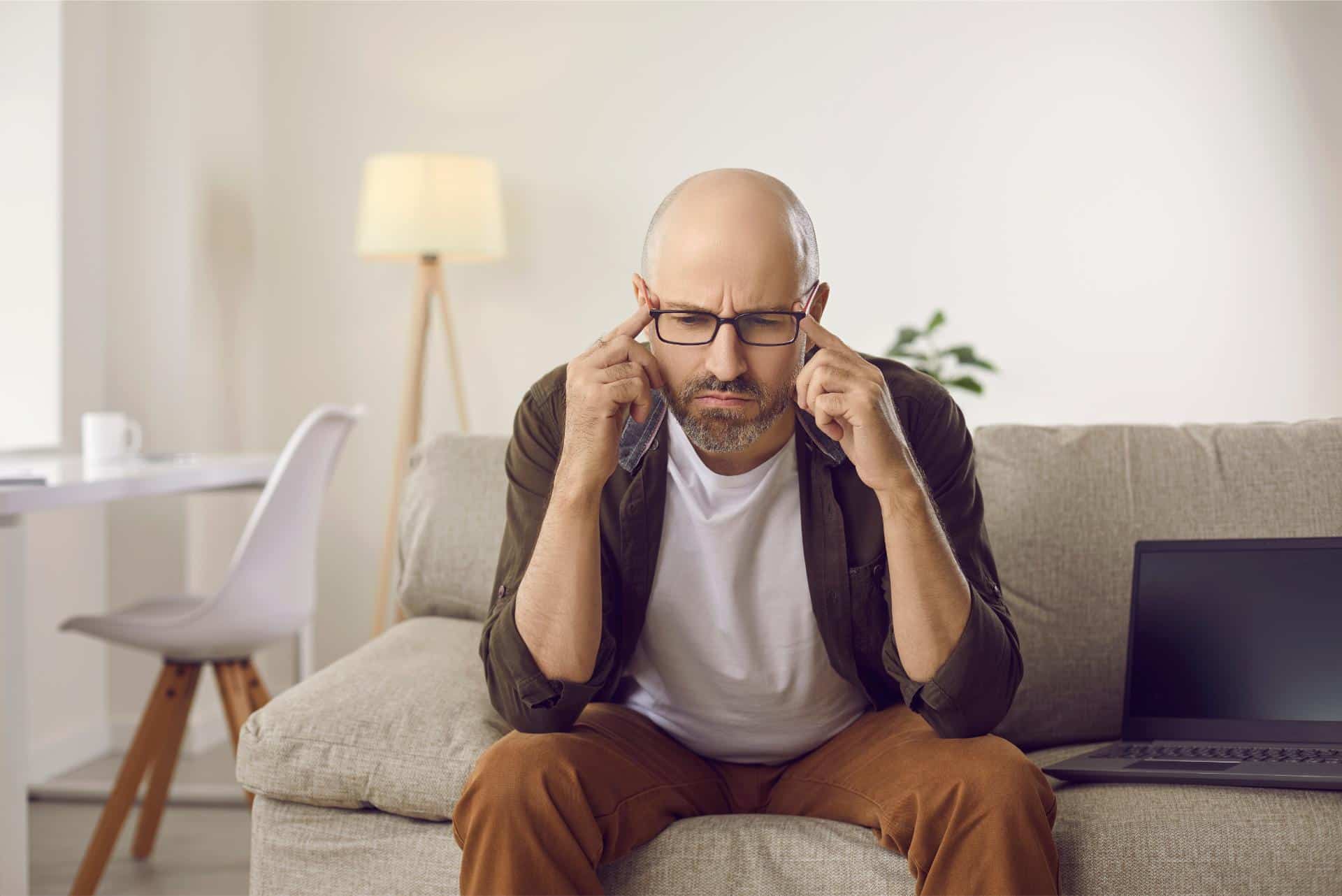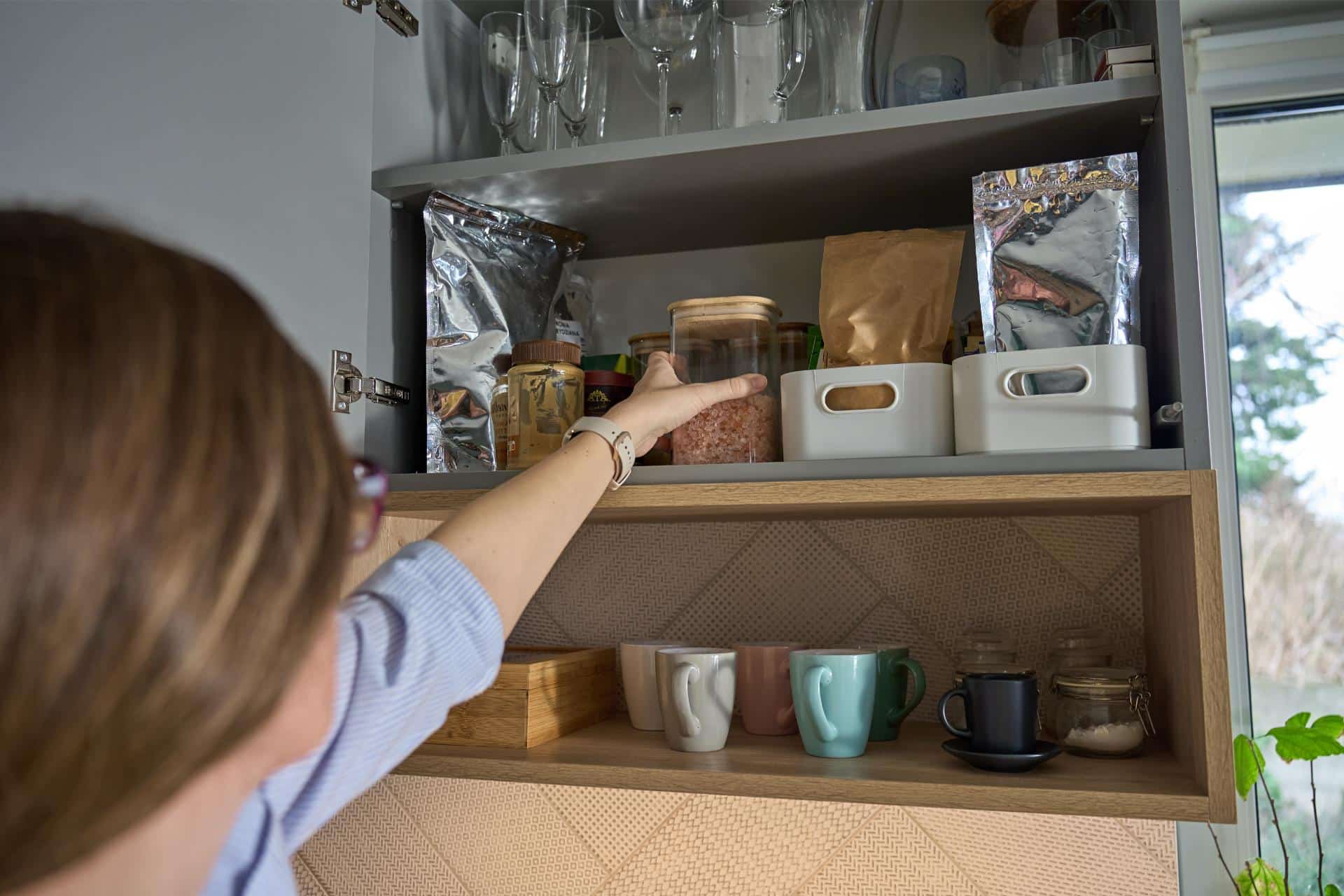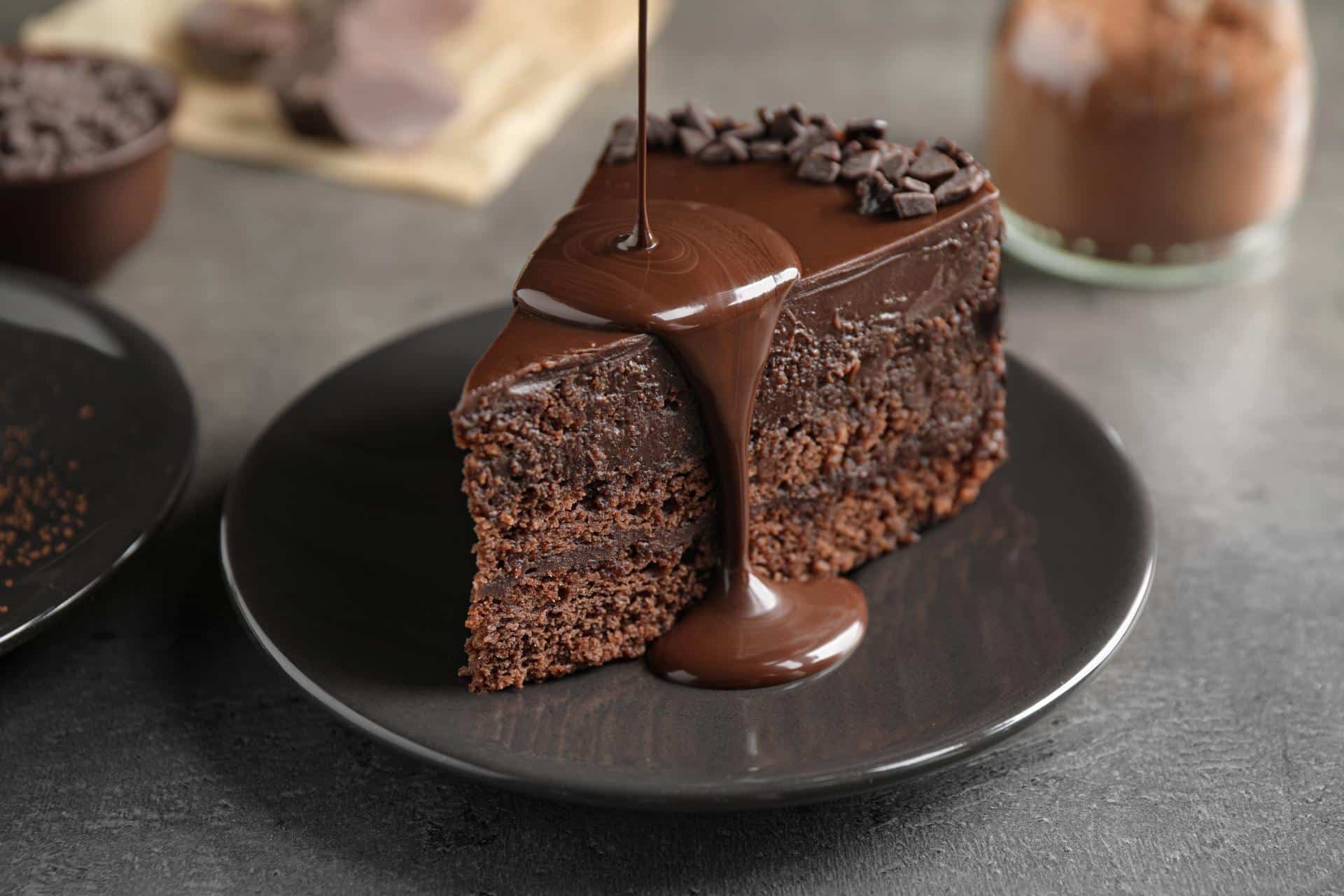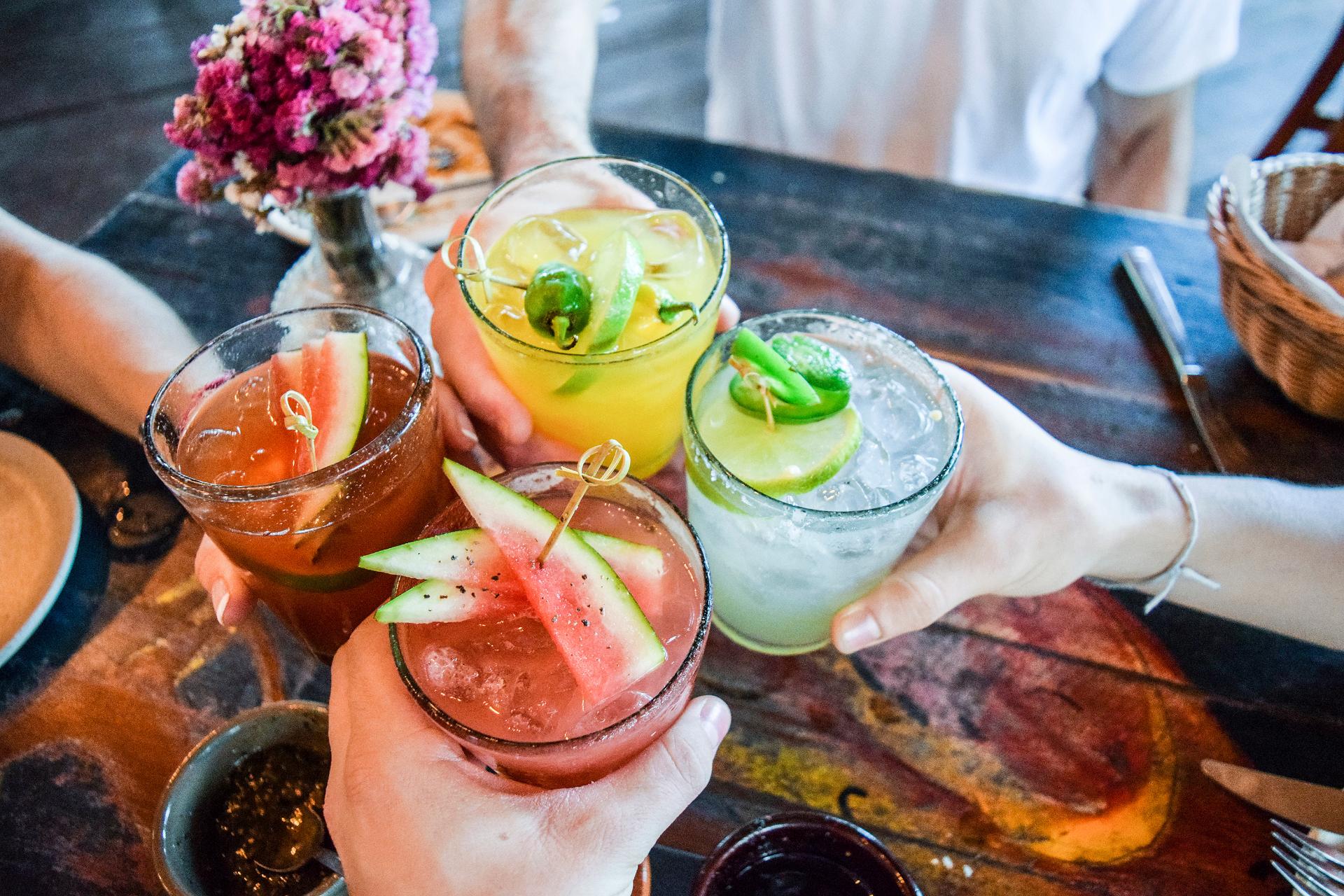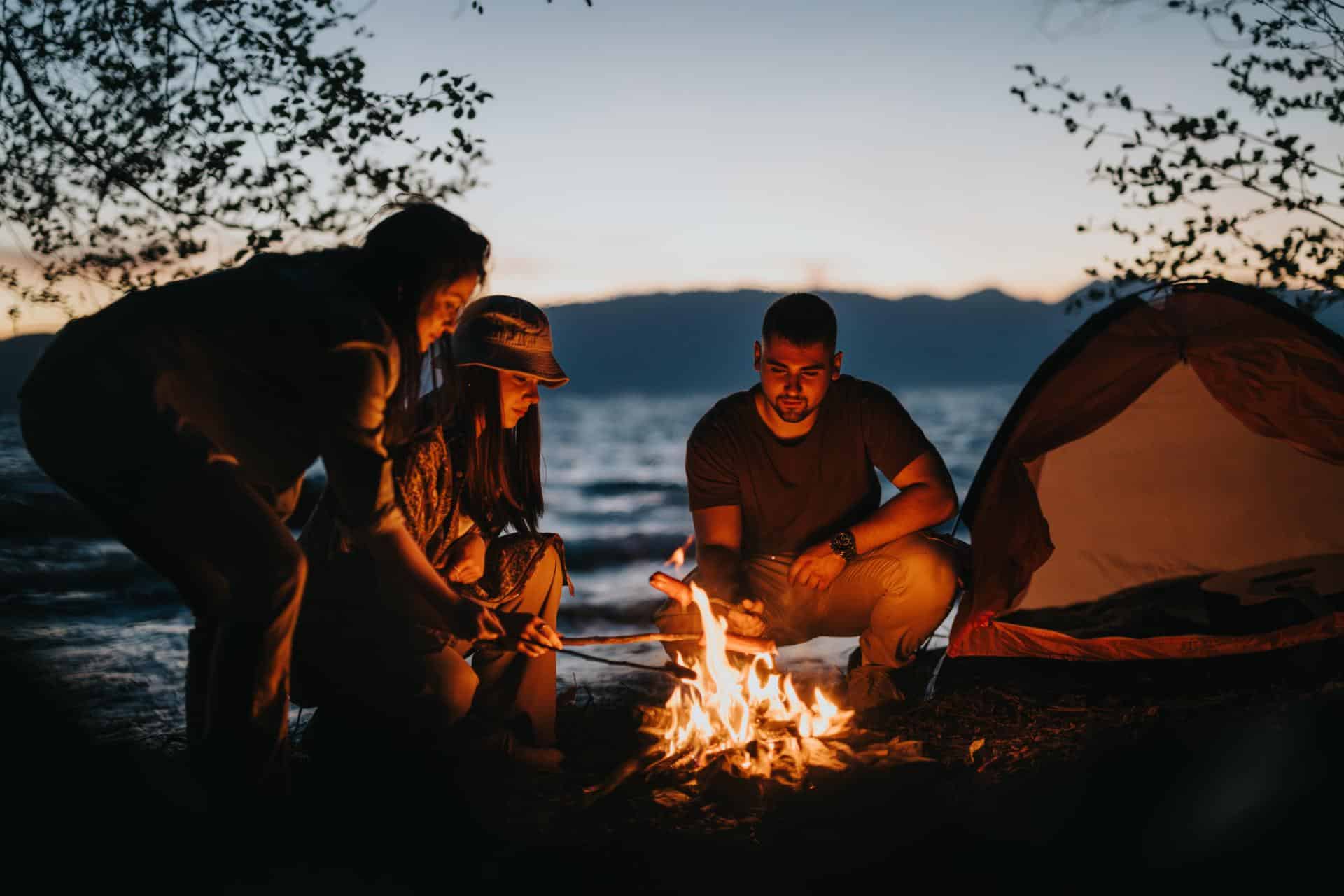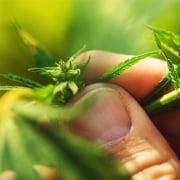Moldy Weed: How to Identify Mold on Weed
You grab your stash, open the lid, and suddenly something feels…off. Maybe it smells weird, or there’s a fuzzy spot that wasn’t there before.
You wonder, “Is this moldy weed?” If you’ve ever felt unsure about your cannabis, you’re not alone.
Learning how to tell if your weed’s gone bad is super important—not just for quality, but for your health too.

What Is Moldy Weed?
Moldy weed is cannabis that’s been contaminated by fungus. It happens when mold spores latch onto buds and start to grow—especially when the cannabis flower isn’t stored the right way.
Unlike those shiny crystals (called trichomes) that you want to see, mold is a big red flag.
There’s more than one type of mold that can infect your weed. Some common ones include:
- Aspergillus – a nasty one that can cause serious lung infection.
- Botrytis – also called bud rot, and it destroys the core of your nug.
- Penicillium – yeah, the one used in antibiotics, but not something you want to smoke.
Most moldy cannabis looks dull, dusty, or fuzzy, and it may even smell damp or musty. The biggest issue? You can’t always see the problem at first. Some signs of mold are sneaky, so knowing what to look for is key.

How to Identify Mold on Weed
Figuring out if your weed has mold isn’t always easy, but there are some clear things to watch for. Your senses—especially sight and smell—are your best tools.
Here’s what to check:
- Appearance: Look for white, gray, or green fuzzy spots. Mold can sometimes look like cobwebs or powder.
- Smell: A strong, damp, or musty odor is a major warning sign. It should never smell like old basement air.
- Texture: Weed mould might feel overly soft, moist, or brittle in weird places.
A healthy bud should have a shiny crystal look from its trichomes, smell fresh and earthy, and feel dry but slightly sticky. If something looks off—trust your gut.
Sometimes, the mold isn’t visible outside but is growing inside. Break your buds apart and check the center. If you see discoloration, a dark spot, or a weird texture inside, toss it out.
Being able to spot mold in weed helps you avoid making the mistake of lighting it up. No high is worth the health risks.

Health Risks of Smoking Moldy Cannabis
If you smoke moldy weed, it doesn’t just taste gross—it can seriously mess with your health. Even one session with moldy flower could cause symptoms, especially for people with compromised immune systems.
Here are the risks:
- Lung infection: Mold spores can go deep into your lungs, causing inflammation or infection.
- Chest pains and coughing: Your body might react right away with discomfort or tightness in the chest.
- Allergic reactions: Some people are allergic to mold and may experience sneezing, wheezing, or worse.
- Worsening of existing conditions: For those with asthma or a weakened immune system, mold exposure can trigger more serious episodes.
The scariest part? The symptoms don’t always show up right away. You might feel fine at first, but over time, the effects can build up and lead to long-term health issues.
Even if you’re healthy, moldy cannabis should always be avoided. There are safer, cleaner options out there, especially when you shop from a licensed Los Angeles marijuana dispensary that checks its products before selling.

What Causes Mold Growth on Cannabis?
Mold loves moisture, warmth, and dark places. When you store your weed in the wrong conditions, mold spores can settle in and grow fast.
Here’s what leads to mold growth on weed:
- High humidity – When the air is too moist (above 65%), it creates the perfect conditions for mold spores to thrive on your buds.
- Poor air circulation – Without airflow, moisture lingers around your weed, making it easier for mold to spread.
- Inadequate drying – If cannabis isn’t fully dried after harvest, leftover moisture inside the buds can trigger mold in weed later on.
- Improper storage – Throwing weed into plastic bags or non-airtight containers allows in too much air and traps humidity—mold loves that.
- Harvest contamination – Sometimes, mold is already present on the cannabis plants during harvest, especially if they were grown in damp or unclean conditions.
Even the best-looking flower can go bad if it’s stored without care. Mold starts small, but it spreads quickly. And once it’s there, there’s no saving that batch—it needs to go.
Paying attention to what causes mold can help you avoid ever having to deal with it in the first place.

How to Prevent Mold in Cannabis
The good news? Preventing mold on your weed is totally doable with a few smart habits. A little extra care goes a long way in keeping your flower fresh and mold free.
Here’s how to protect your stash:
- Use a mason jar: Glass jars with airtight lids are perfect. They keep air out and moisture stable.
- Store in a cool, dry place: Keep your weed away from direct sunlight, heat, and damp spots.
- Control humidity: Use humidity packs to keep the level between 55–62%. That sweet spot helps stop mold spores from spreading.
- Check regularly: Open your jar every few days to look and smell for changes.
- Don’t store with fruit peels: Some people try to rehydrate dry buds this way, but it just adds moisture and raises the mold risk.
Also, never leave your weed sitting out. It might seem harmless to toss your flower on a table or shelf, but that quick exposure to air and light can mess up its balance.
If you’re picking up weed regularly from a Los Angeles marijuana dispensary, ask about their storage advice too. Many will even recommend humidity packs or jar brands that work best.
Keeping your cannabis fresh isn’t hard—it’s just about building good habits. Think of it like food: it needs the right environment to stay safe and enjoyable.
Keep Your Cannabis Mold-Free and Safe to Enjoy
Weed mould can ruin more than your smoke session—it can seriously affect your health. Learning how to spot signs of mold, what causes it, and how to keep it away is something every cannabis user should know.
You don’t need lab equipment to protect yourself. Just look closely, trust your nose, and make sure you always store your weed the right way. Whether you’re new to cannabis or have been using it for years, keeping your stash clean and mold-free is a must.
When in doubt, throw it out. Smoking clean, safe weed should always be the goal—and with a little care and attention, it’s easy to make sure every bud you enjoy is worth it.
References
- (2024). How to Tell If Your Weed Is Moldy.
- (2024). What Does Moldy Weed Look Like?
- (2024). Mold on Weed: How to Spot It and Why It Matters.
- (2024). What Does Mold Look Like on Weed?
- True Labs Cannabis. (2024). Moldy Cannabis: A Guide to Health and Safety.
- (2023). The Dangers of Smoking Moldy Weed.
- Mars Hydro. (2024). The Hidden Risks of Moldy Weed: Why It’s More Dangerous Than You Think.
Medical Alternatives Clinics. (2022). The Risks of Consuming Mold-Infested Cannabis.


